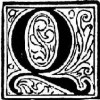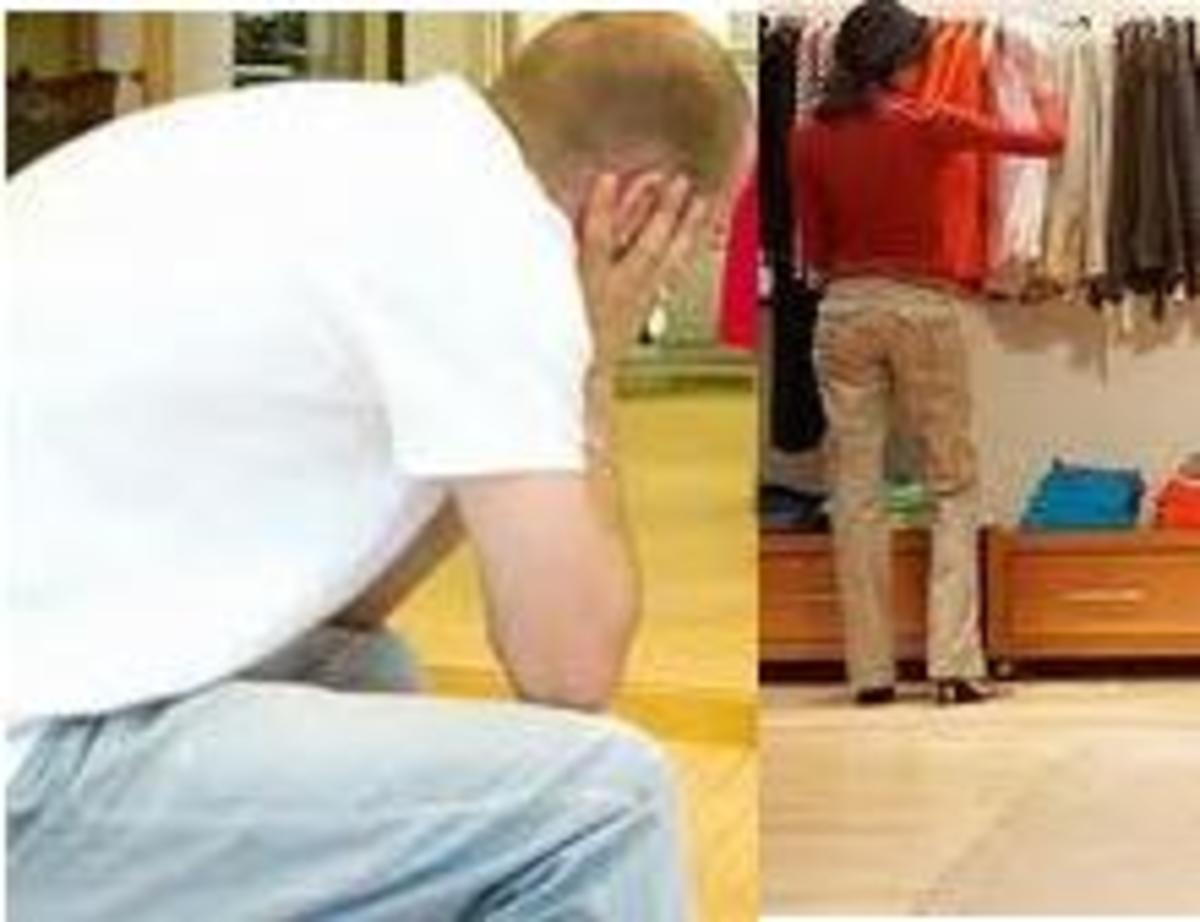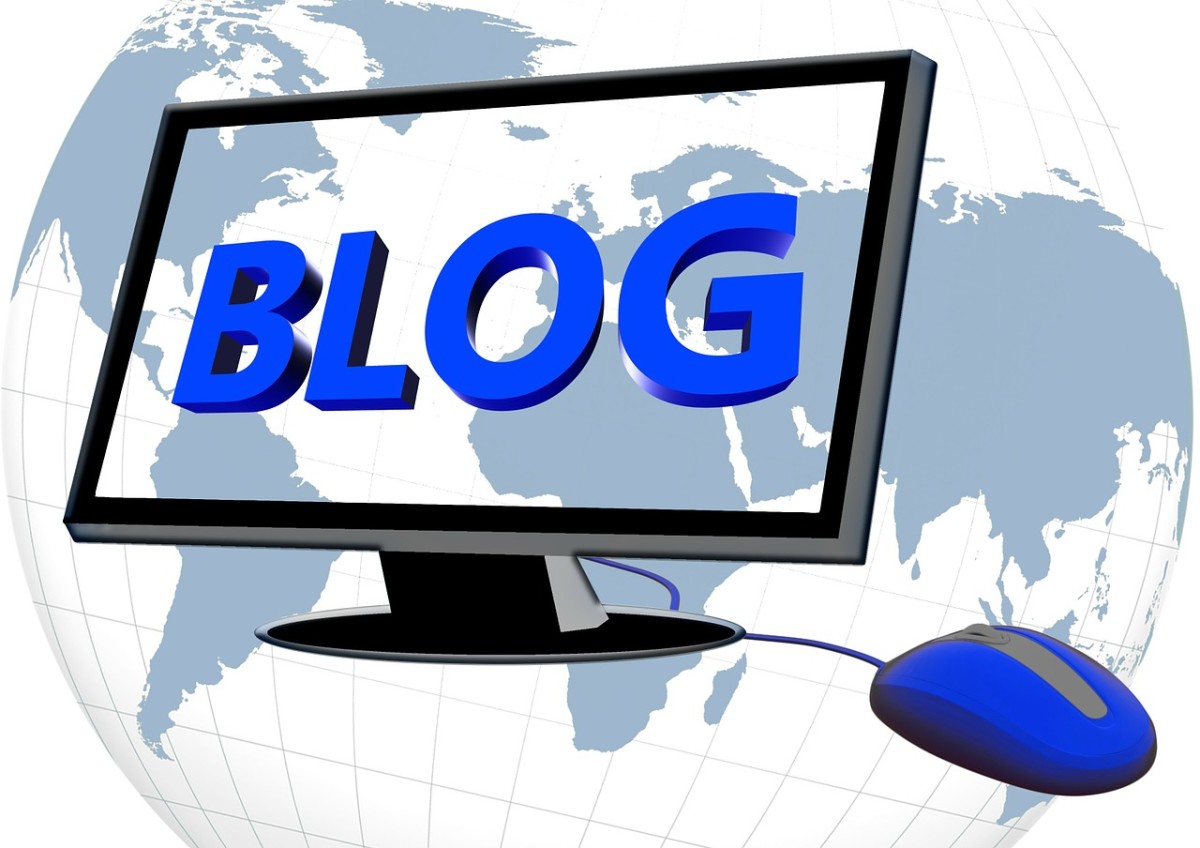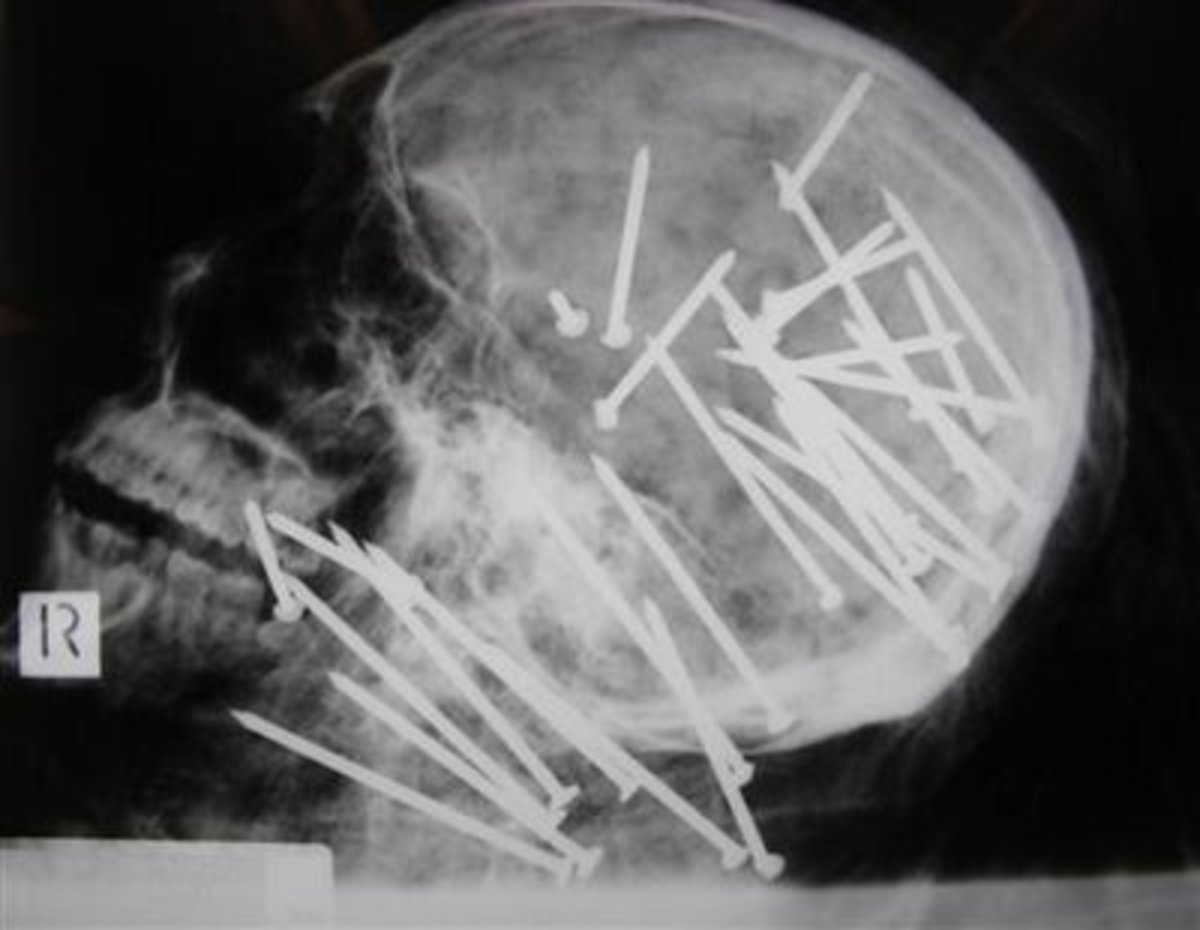How You Make to Write More Better
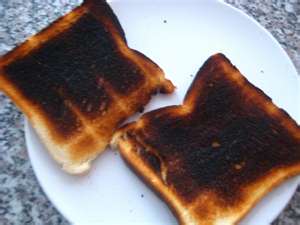
I’m not the best thing since sliced bread, or even bagels, for that matter. I’m not a published author. I don’t teach English classes. I can’t say my ABCs backwards or keep a straight face when someone says duty . I can’t even remember which sock goes on which foot. I sometimes forget they go on my feet and put them on my hands. So who am I to give advice? I’m typing this with socks on my hands and it’s very difficult.
I’ll tell you a little about myself. I graduated high school, joined the work force, and then went to college for a year or so, until I could no longer afford to do so. I went to get an English degree, because I knew that one day I’d be writing this article and I wanted it to be as useful to you as those metal egg rims that you pour eggs into to get them into a perfect, circular shape. But I couldn’t afford to stay in school, so this article will suffer because of it. So why even listen to what I have to say about writing? I wish I hadn’t asked that, because I don’t really have a good excuse. Scratch that. Sniff it. Let me rephrase. To have say to even so about why writing I listen what? There, I completely rephrased that question so that you can’t understand it, so you won’t be wondering why you came to me for advice in the first place.
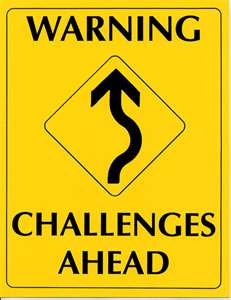
There are seven simple steps to remember when you’re trying to write something. Think of them as seven dwarfs. Or midgets. I’m not sure which one is politically correct, but I don’t want to offend anyone, so just think of these seven steps as seven Mini Snickers. Not snickers as in disrespectful laughter, but like the candy Snickers. These Mini Snickers are metaphorical and are not meant to be taken orally, only metaphorically. And I’m required by law to warn you of the side effects of this article, but don’t take them too seriously. If any of the following severe side effects occur while reading this article---rash, hives, difficulty breathing, tightness in the chest, swelling of the mouth, face, lips, or tongue, hallucinations, decreased urination, severe dizziness, suicidal thoughts or actions---then you should seek immediate medical attention.
The Seven Mini Snickers: Short and Sweet
So you think you can write. But can you write with both hands, simultaneously, and in two different languages? I didn’t think so. You need help. You’ve come to the write place (ha, I made a pun)! Notice, I didn’t say the right place, that would have been misleading. This is the write place. This is where we write things. This is a place of things we write. This is where we place our things that we write. Can I possibly explain it more? This thing is where the write takes place. And if you like to write, you’ll find it write up your alley. This is Hubpages, a place full of writers who care and want to share information. Which is why I’m writing this article to begin with. Here is a list of items you will need before I continue.
- A blank sheet of paper or scrap of bark (You can also write on your skin, if no paper is available. This is known as write to bare arms.)
- A pen and/or pencil (A pen is best. Pencils will always be No. 2.)
- The Complete Works of William Shakespeare (So you’ll have a flat surface to write on.)
- Epinephrine (In case you go into cardiac arrest.)
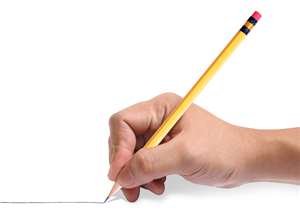
Step #1: How to write correctly
If you are writing with a pen and/or pencil, then use your fingers to hold the writing instrument. Never use your toes, as they lack the required length and dexterity. Holding a pen or pencil in your fist is the wrong way to write, and only correct if you’re carving or attempting to stab someone. So now you know how to hold a pen and/or pencil. This will help you write correctly. Hold the pen or pencil in your hand now, the sharpest end pointing away from you. It should rest on your middle finger and be held in place by your index finger and thumb. (I’m assuming you have fingers. If you don’t, then maybe writing’s not for you. May I suggest you try something that only requires the use of your palms, or a sport that doesn’t allow you to use your hands, like soccer.) Once you are holding the pen or pencil correctly, lower your hand until the tip of the pen or pencil meets the paper. Now press the tip against the paper and drag the pen or pencil. See what happened? You made what is known as a mark. With time and practice, you can turn these marks into legible handwriting.
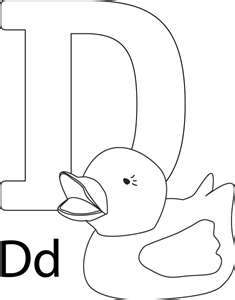
Step #2: How to write smaller
I suggest starting off with large letters. It’s okay if the letter takes up your whole sheet of paper at first. Let’s practice with the letter D. Holding the pen or pencil correctly, write the letter D. Now make another D inside of the D you just made. Now make another D inside of the D you just made. Now make another D inside of the D you just made. Now make another D inside of the D you just made. Now make another D inside of the D you just made. See what’s happening? Your writing is getting smaller, which will enable you to fit more words on a single piece of paper. However, you don't want to write so small that it takes a magnifying glass to read it. Not unless you're writing a 'Stay off my lawn' sign for ants.
Step #3: How to concentrate on what you write
It’s much easier to write in a stress free environment. Some people actually need noise to concentrate, but most need silence. If you are one of the latter, then lock yourself in a room and place mattresses against the walls. Allow only the sound of your breathing and the soft scratching of pen against paper. This will help you concentrate on what you want to write. Unless you actually need noise, then the sound of people screaming and explosions nearby will help you write with ease. Their screams are your inspiration.
Step #4: How to pick a topic to write about
Close your eyes. What’s the first thing you think about? Ha-ha, you can’t even read that question, because your eyes are closed. I can say anything I want. I am He-Man, Master of the Universe. My friends and I defend Eternia and the secrets of Castle Grayskull from the evil forces of Skeletor. Now open your eyes again. Crap, you can’t even read that . How am I going to get you to open them again? Bloody hell, I sure screwed up. You probably won’t even see the rest of this article. But I’ll keep writing it in hopes that you’ll open your eyes again. Like I was saying, what’s the first thing you think about? That’s what you should write about. If you think about unicorns or mud wrestling, then write about it. Or pick a topic that you find interesting, or one that you know will interest others. Or just pick something in the room and write about it. Write about a lamp. Tell us its strengths and weaknesses. Tell us your personal relationship with the lamp.
Step #5: How to be descriptive
Let’s say you choose to write about that lamp. What size is it? Small, medium, large, or unusually large and taking up too much space? What color is it? Blue, red, periwinkle, or Atomic Tangerine? These are small descriptions, the things that are most noticeable about the lamp. Once you have the small descriptions mastered, try the big descriptions. For instance, the small tower of golden glass sat on the precipice of a wooden plane, and the tiny sun that kept watch behind the tower’s parapet, although hidden by a veil of silk shantung, burned bright enough to cast its light across a thousand worlds and vanquish the darkness. (I.e. your lamp is awesome.)
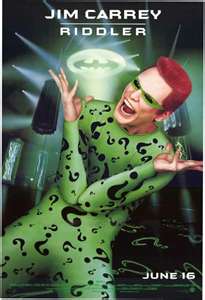
Step #6: How to use correct punctuation
Okay, so the question naturally arises, what is punctuation? They’re marks used to organize writing. Periods and commas are punctuation, and can be mixed together to create other types of punctuation. A period on top of a period would be a colon , which is also a part of your intestine. A period on top of a comma is known as a semicolon , which would be like half of your colon. If you want to explore colons further, have a colonoscopy. And then there’s the parenthesis , which may sound like an insect, but it's actually a boomerang shaped thing. The only punctuation that can be repeated are periods. Three periods in a row would be an ellipsis . Four periods in a row would be senseless . Thirty-four periods in a row would be funny, but not a good way to end a sentence. Never place two different punctuations beside each other, unless you want to make a sideways smiley face. Otherwise, the two different punctuations will start to fight and one of them will kill the other one, because there can be only one punctuation. They're aggressive little things and very territorial. And let’s not forget the exclamation mark , which would be a hyphen turned sideways and suspended above a period. And also the question mark , which is a crooked hyphen suspended above a period and looks kind of like a scythe or shepherd's crook. I know, there’s more punctuations than chins in a Chinese phonebook, but if you want to write, you have to master them all. Also, never use clichés. That’s for my personal benefit.
Step #7: How to make your writing make sense
Beware of the two no-no’s of writing. The run-on sentence and the sentence fragment . (I happen to love both of these and use them quite regularly, but this article is about how to write well, and not how to write like me.) The following is an example of a run-on sentence. “The armless man found it hard to wear a wristwatch for all he knew it was almost Summer.” See, that sentence should include a semicolon and a comma to make sense. Now let’s try it again with the correct punctuation. “The armless man found it hard to wear a wristwatch; for all he knew, it was almost Summer.” Okay, the sentence still doesn’t make sense, but at least it has all the correct punctuation, making it no longer a run-on sentence. Now here is an example of a sentence fragment. “Because he loved bananas.” To keep this from being a fragment or incomplete sentence, you have to add more. “His wife left him, because he loved bananas.” That is a complete sentence and an example of how loving bananas too much can ruin your marriage. Also, try not to write or type words twice. I do that that on accident sometimes. Another thing to remember, if you want your writing to make sense, is to mind your spelling . Becuase it impotant and you're reeders desirve the best fom you.
Those are the seven simple steps to writing and how you make to write more better. If you want to know more, here are a couple suggestions for continued reading..................................
To learn more on how not to write, visit one of these piece of crap articles:
If you didn't find any useful information here, then please check these out. They can help to make you write more better or even betterer.
Some of my favorites...
- How to right, riming poetry.
I would like to state, as a purely rhyming, fellow poet, that this hub is not meant to offend anyone, (particularly the incredibly talented, non-rhyming, poets i have had the pleasure of interacting with on... - Death, Dreaming and Racism
Are these three things really on a hub topic? Am I really typing this when I'm covered in chicken grease and should be taking a shower? Did I really think about this? whats the difference in between... - Raisins, Grapes and wine - who has the worse fate
So this is an odd question... one day it just popped in my head. I guess because the question fascinated me I keep coming back. Yet, while I have replayed over and over every possible scenario in my head, I am... - How to Edit Your Own Work When Writing Online
Writing on line can be fun, exciting and easy. This is a new era for writers all over the world. No longer do writers have to wait days, weeks or months for their work to be noticed, read and edited. In the... - How to be a Better Writer
I like lists, so sue me. ...please don't sue me. I once read, though I don't remember where, the saying that "Writing is simple, but it ain't easy". I partially agree though I have to argue that the quote...
